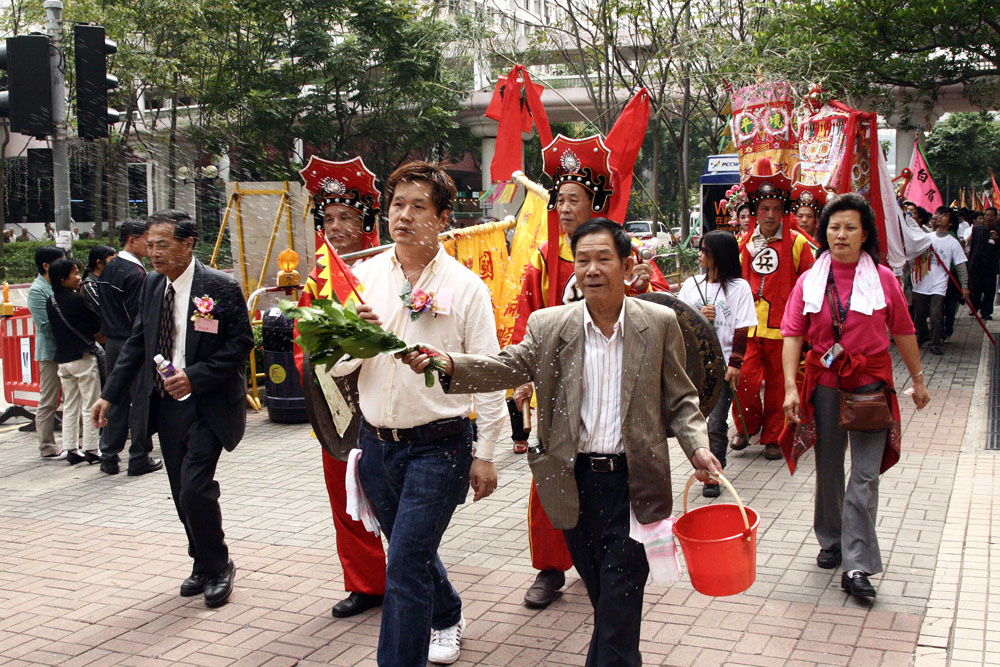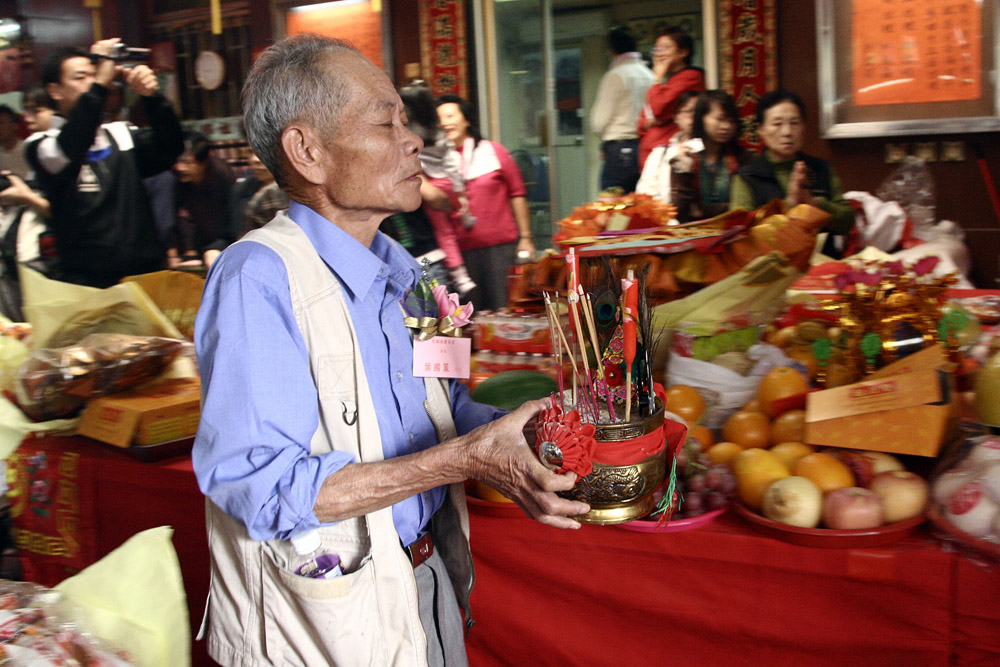 The 24th day of the 9th month of the Lunar Calendar
The 24th day of the 9th month of the Lunar Calendar
There are a few Ksitigarbha(梵語)/ Tei Chong Wong temples organized by the Hok Lou people in Hong Kong. From the end of the 7th month to the mid-August, these temples hold individual celebrations of Ksitigarbha’s birthday. Among all, the Ksitigarbha Temple located on Tsui Ping Road in Kwun Tong holds a special event on 24th of the 9th Lunar month to pay their tribute to Ksitigarbha. The event consisted of parades, deity-inviting rituals, performances of auspicious animals and Kung Fu as well as Chinese opera performances that last for days. It wa a rich presentation of the Hok Lou culture and became one of the biggest celebrating events in Kowloon District.























